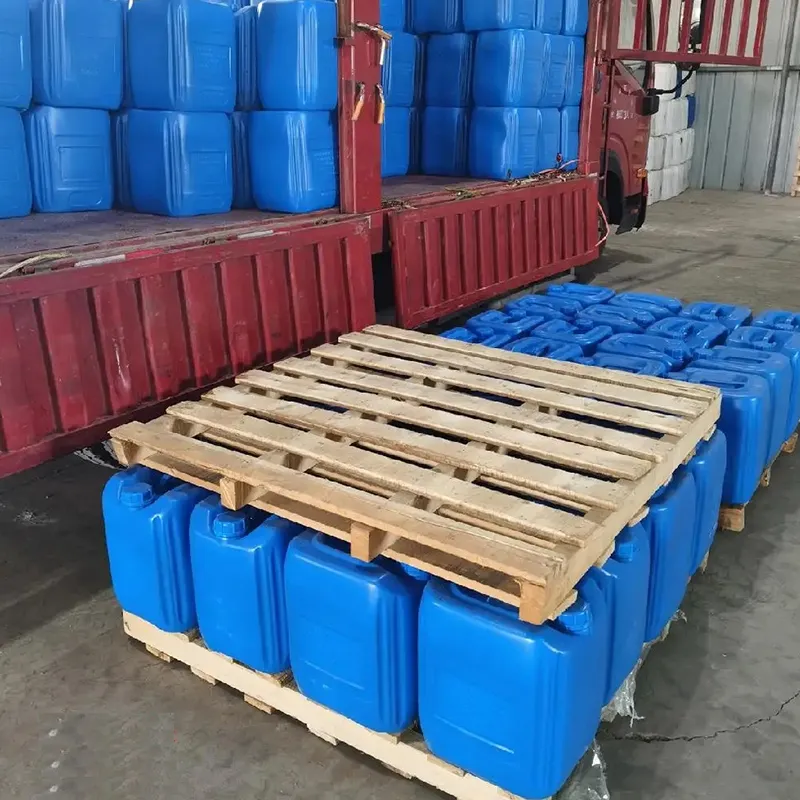
The Benefits of Combining Magnesium Hydroxide and Aluminum Hydroxide for Digestive Health
The Role of Magnesium Hydroxide and Aluminum Hydroxide in Antacid Formulations
Antacids are a class of medications widely used to neutralize stomach acidity and relieve symptoms of heartburn and indigestion. Among the numerous active ingredients in these formulations, magnesium hydroxide and aluminum hydroxide are two of the most common components. Together, they form a synergistic blend that not only provides effective relief from acid-related discomfort but also exhibits a favorable safety profile.
Understanding the Ingredients
Magnesium Hydroxide (Mg(OH)₂) is a white solid often known for its use in medicine as a laxative and antacid. When dissolved in water, it dissociates into magnesium ions and hydroxide ions, which then neutralize gastric acid. This neutralization reaction can help raise the pH level in the stomach, alleviating the burning sensation associated with acid reflux and gastritis.
Aluminum Hydroxide (Al(OH)₃), on the other hand, plays a critical role as an antacid due to its ability to bind with excess gastric acid, forming aluminum salts that facilitate further neutralization. It is particularly effective in treating conditions like peptic ulcers and esophagitis, as it provides both rapid relief from acid pain and a protective coating on the stomach lining.
Synergistic Action and Benefits
When magnesium hydroxide is combined with aluminum hydroxide in antacid formulations, the two compounds complement each other in several ways. The magnesium component offers a quick relief due to its rapid action, while the aluminum component provides longer-lasting effects. This combination helps to extend the duration of relief and enhance patient compliance, as patients experience immediate as well as sustained alleviation of symptoms.
magnesium hydroxide with aluminum hydroxide

One of the main advantages of this dual formulation is the balancing effect it has on bowel function. Magnesium hydroxide tends to have a laxative effect, which is counteracted by the constipating nature of aluminum hydroxide. This balance helps prevent gastrointestinal disturbances, making the combination more tolerable for users.
Safety Profile and Considerations
While magnesium hydroxide and aluminum hydroxide are generally considered safe for short-term use, there are several considerations for their use. Long-term use of aluminum-containing antacids can lead to increased aluminum levels in the body, potentially impacting renal function, particularly in patients with pre-existing kidney issues. Therefore, caution is advised, and individuals with kidney problems should consult a healthcare provider before using these medications.
Additionally, the interaction of these antacids with other medications may alter their absorption and effectiveness. For instance, antibiotics, iron supplements, and certain other medications may require timed dosing in relation to antacid consumption to prevent impaired absorption.
Conclusion
In summary, the combination of magnesium hydroxide and aluminum hydroxide represents a well-established approach to managing acidity-related ailments. These two compounds work together to neutralize stomach acid effectively while balancing their respective side effects, thus providing a comfortable experience for patients. With an excellent safety profile and a strong history of clinical efficacy, this formulation continues to play a vital role in the landscape of gastrointestinal therapeutics.
As with any medication, users are advised to follow dosage recommendations closely and to seek medical advice if symptoms persist or worsen. The therapeutic effectiveness of magnesium and aluminum hydroxides underscores the importance of understanding these compounds, not just as ingredients in a bottle but as significant contributors to patient well-being in the realm of digestive health.
-
Pure Sodium Dichloroisocyanurate Dihydrate | Powerful DisinfectantNewsAug.29,2025
-
Industrial Chemicals: Quality & Purity for Every IndustryNewsAug.28,2025
-
Nitrile Rubber Honoring Strict Production StandardsNewsAug.22,2025
-
Aspartame Ingredients Honoring Food Safety ValuesNewsAug.22,2025
-
Fertilizer for Balanced Plant NutritionNewsAug.22,2025
-
Cyanide Gold Processing with High Purity AdditivesNewsAug.22,2025
-
Formic Acid in Textile Dyeing ApplicationsNewsAug.22,2025
Hebei Tenger Chemical Technology Co., Ltd. focuses on the chemical industry and is committed to the export service of chemical raw materials.
-

view more DiethanolisopropanolamineIn the ever-growing field of chemical solutions, diethanolisopropanolamine (DEIPA) stands out as a versatile and important compound. Due to its unique chemical structure and properties, DEIPA is of interest to various industries including construction, personal care, and agriculture. -

view more TriisopropanolamineTriisopropanolamine (TIPA) alkanol amine substance, is a kind of alcohol amine compound with amino and alcohol hydroxyl, and because of its molecules contains both amino and hydroxyl. -

view more Tetramethyl Thiuram DisulfideTetramethyl thiuram disulfide, also known as TMTD, is a white to light-yellow powder with a distinct sulfur-like odor. It is soluble in organic solvents such as benzene, acetone, and ethyl acetate, making it highly versatile for use in different formulations. TMTD is known for its excellent vulcanization acceleration properties, which makes it a key ingredient in the production of rubber products. Additionally, it acts as an effective fungicide and bactericide, making it valuable in agricultural applications. Its high purity and stability ensure consistent performance, making it a preferred choice for manufacturers across various industries.





